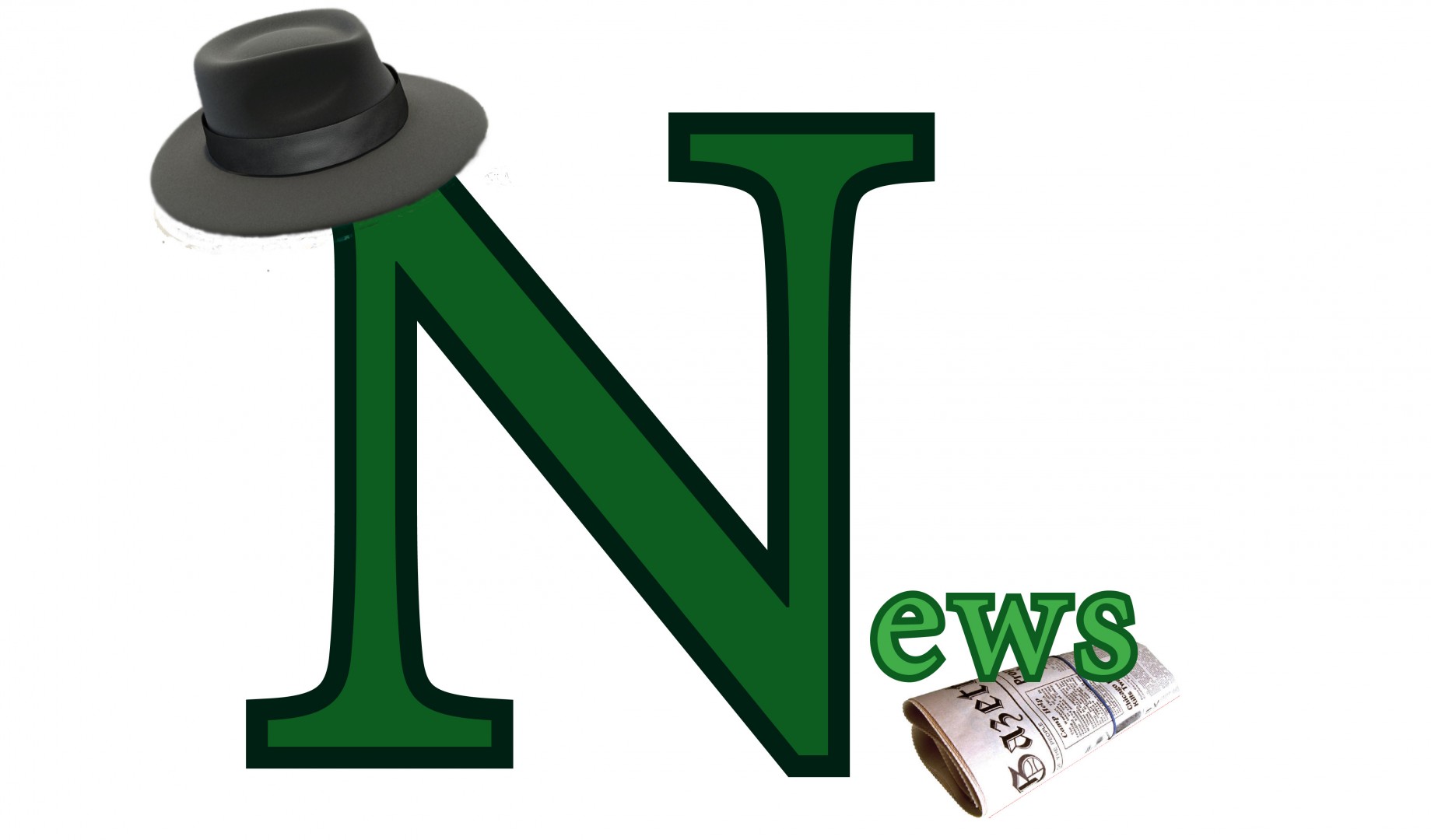DU remained on the U.S. News & World Report list of 100 Best National Universities this year and moved up in ranking on the U.S. News list of Up-and-Coming Schools.
Last year, the university was ranked number 83 overall and number 13 in the Up-and-Coming category, which identifies institutions that are making the most promising and innovative changes in the areas of academics, faculty and student life.
This year it was ranked number 91 overall and no. 10 in Up-and-Coming.
According to Provost Gregg Kvistad, the drop in overall rank only marks a drop of two places because so many schools tied for higher places.
The rankings are primarily based on peer assessment, average freshman retention rate and class size.
Other factors include high school counselor assessment, predicted and actual graduation rates, freshmen SAT/ACT scores, freshmen high school class rank, acceptance rate and alumni giving rate.
“Where we get low ratings, relatively speaking, is the peer assessment score,” said Kvistad. “How it works is that every year three officials at every college or university gets a list of hundreds of colleges and ranks each of them on a five point scale. It’s basically about name recognition.”
This year DU had a 2.7 on the peer assessment score and an 87 percent average freshman retention rate.
“One of the most important things for the university to work on is retention. That’s what our financial aid and fundraising strategies are about. We’re doing as much as we can to lower the cost of attending DU because retention is directly related to financial need,” said Kvistad. “The last few years we’ve been in the high 80s. If we could break into the 90 percent retention rate, like some of the top schools, which I think we can do, that would be great.”
In terms of class size, the statistics show that 59 percent of DU’s classes have fewer than 20 students and only six percent of classes have 50 or more students, which is better than most of the top tier schools in the country.
But no matter how much these statistics fluctuate, Kvistad said it is very difficult to change overall ranking by more than a few places.
“If you look at how these big data sets change over time, to move the needle on any of these is very, very difficult. It’s possible, but you have to be playing the rankings game. We do not play the rankings game,” he said. “We have small class sizes and we want to improve our retention rate because it’s better for you and it’s better for us.”
Kvistad emphasized moving up on the list of “Up-and-Coming Schools” more than overall ranking.
“What that says is we are pushing hard, being entrepreneurial, doing lots of things with our curriculum and hiring great faculty, and people are taking notice,” he said. “I would rather be involved in an institution that was experimenting, up-and-coming, and being innovative than a top institution that doesn’t rock the boat or change what they’re doing.”
Kvistad said the university could have moved up because of the presidential debate, the well-known study abroad programs or the many recently-hired faculty members.
He said DU has added 92 faculty positions over the last five years while most universities have held steady or cut back on faculty. But he said it “could be anything.” According to Kvistad, U.S. News is one of the most familiar rankings but it is not the only one DU has appeared on recently. In 2012 Kiplinger’s ranked DU number 41 in the nation for “best value” private universities and colleges. The Institute for International Education ranked DU number six in the nation in terms of participation in study abroad programs.
“You’re never going to have any university administrator say these rankings matter more than anything, but they’re also not going to say they don’t matter at all,” said Kvistad. “If you’re considering going to college or sending your kid to college, this is a bit of information to consider. But it’s more important for students to visit the universities and colleges they’re considering and see what they feel like.”











